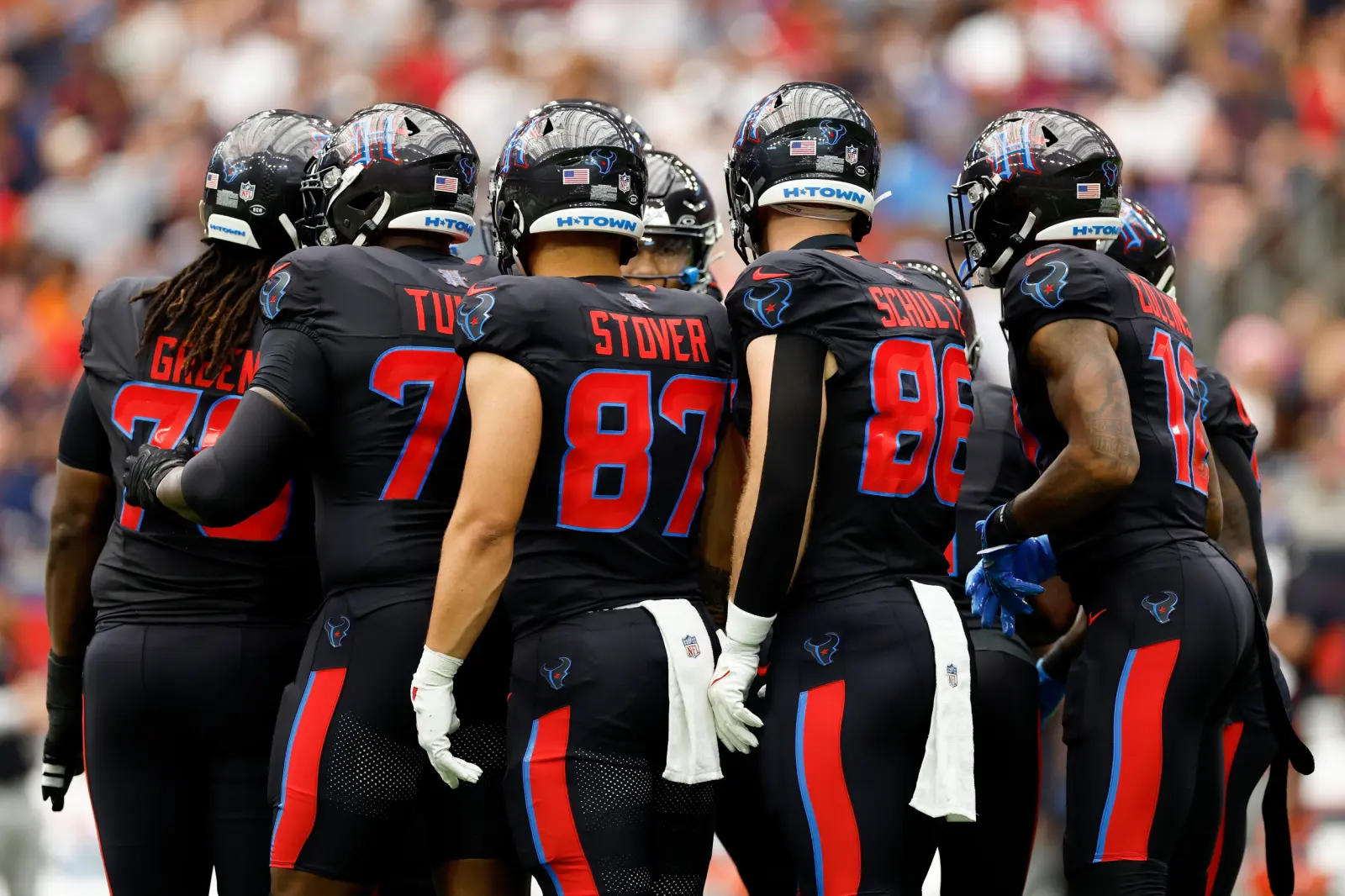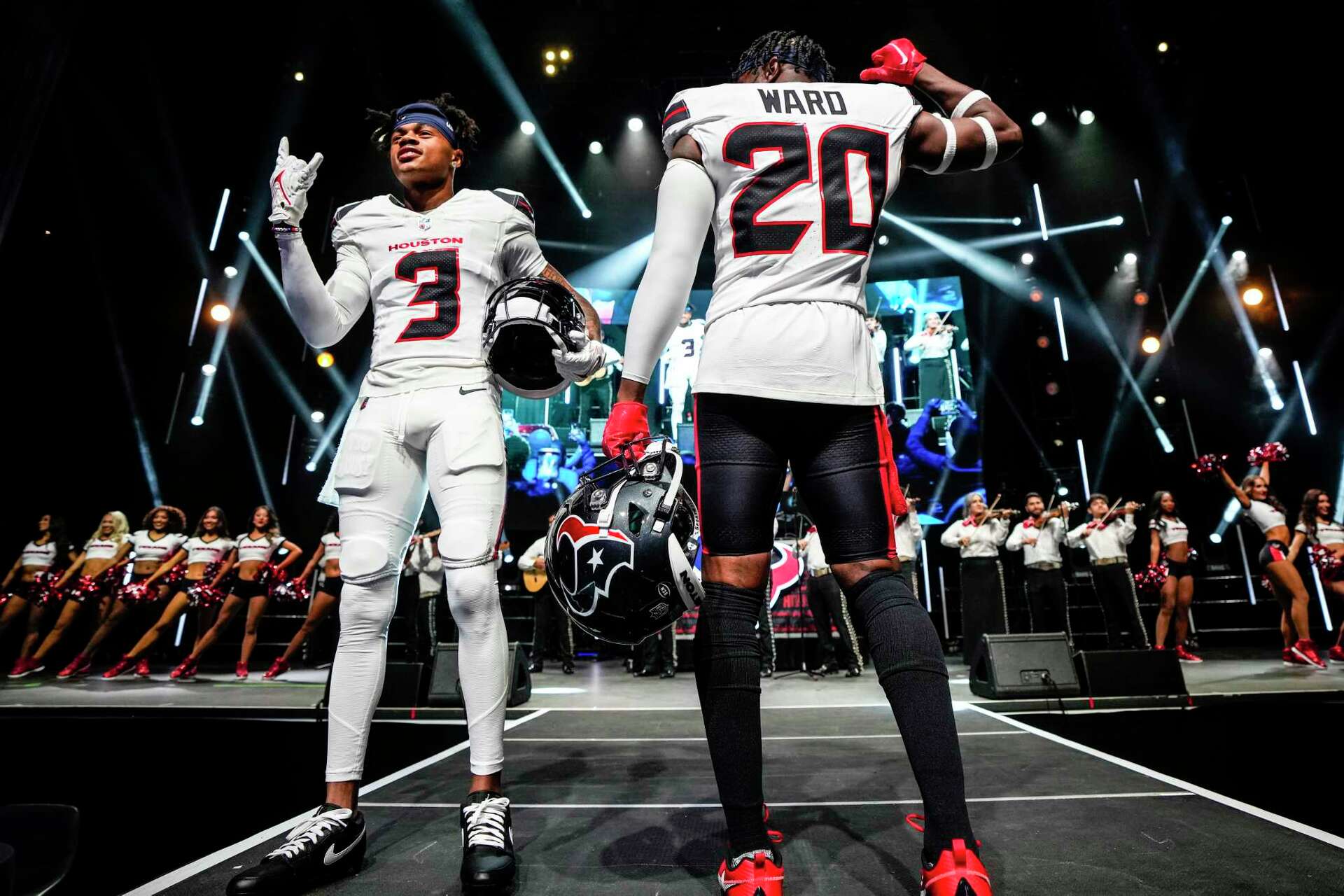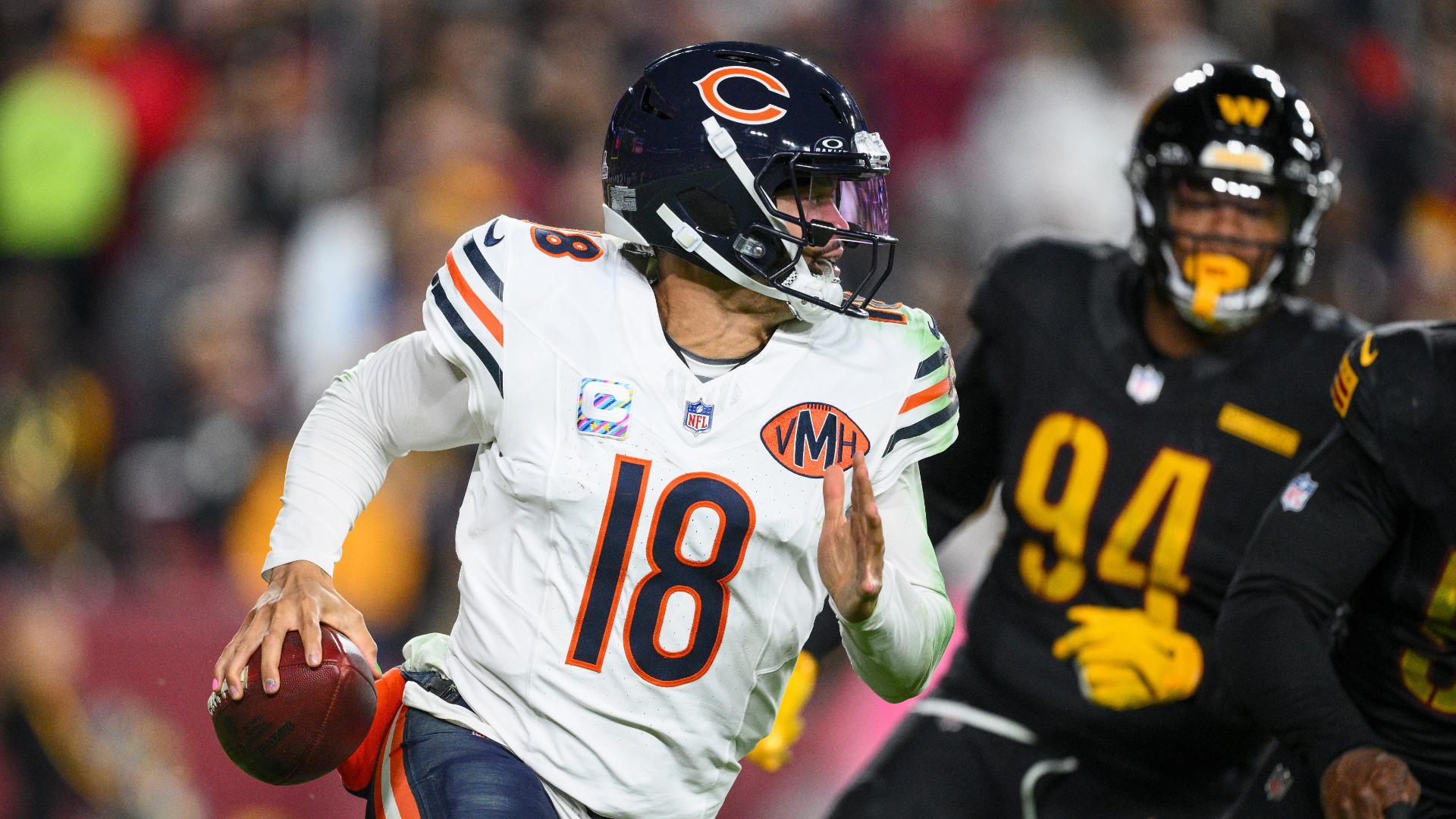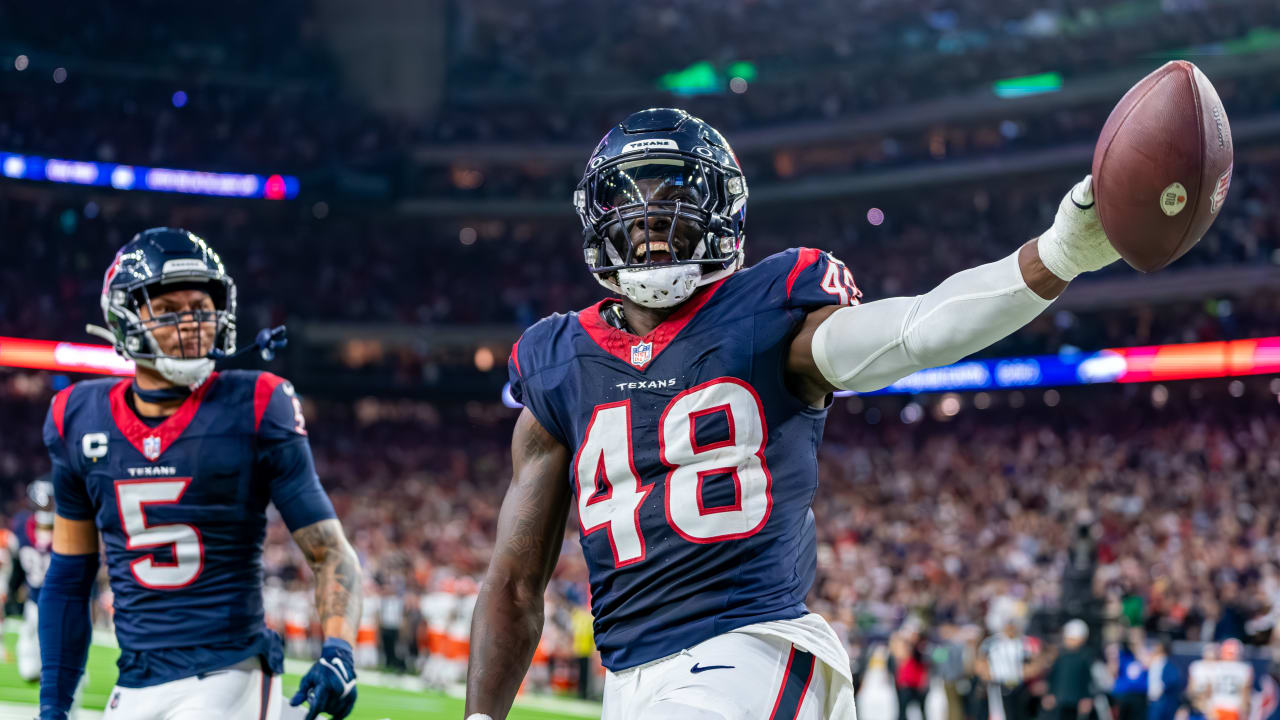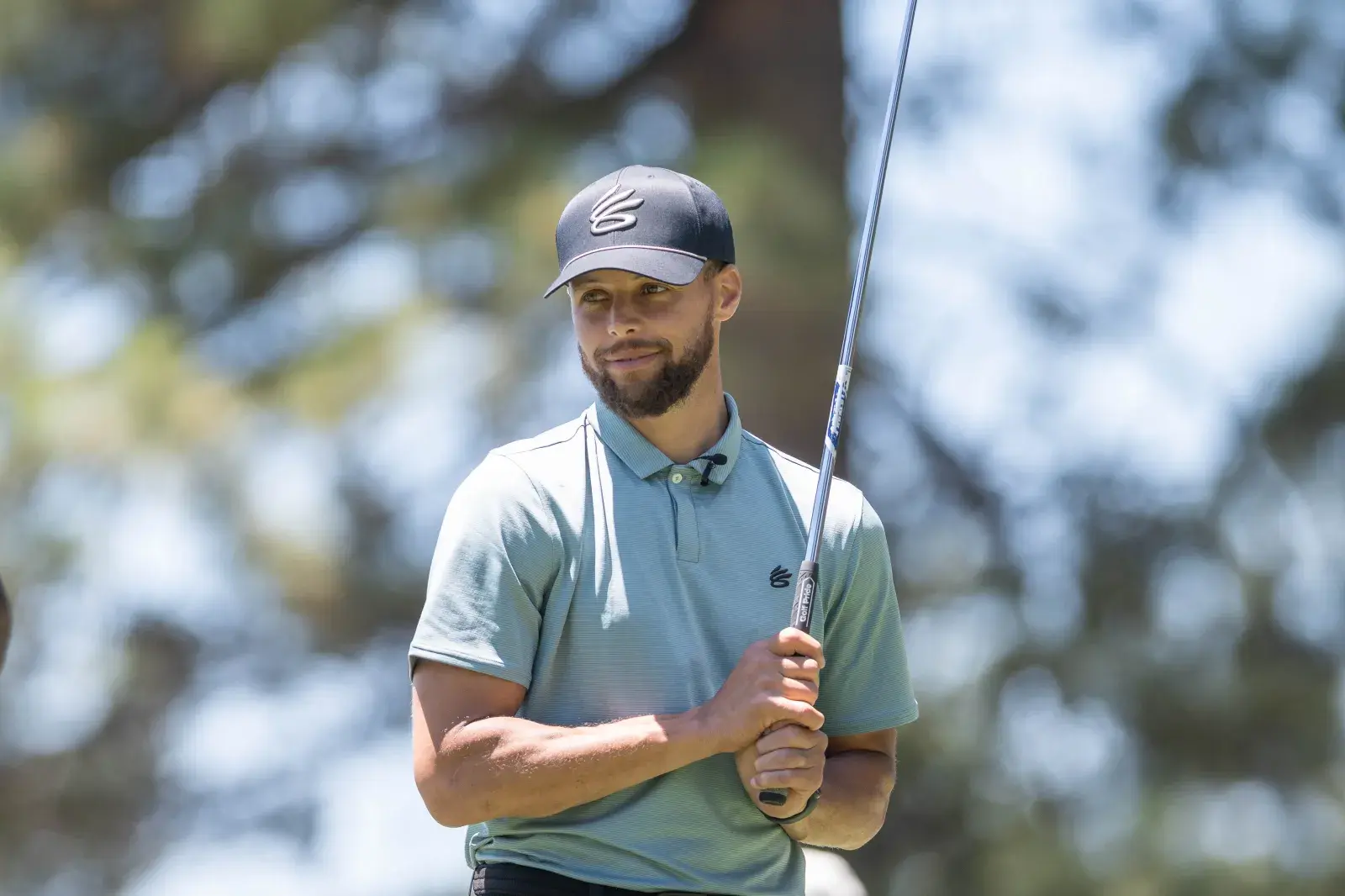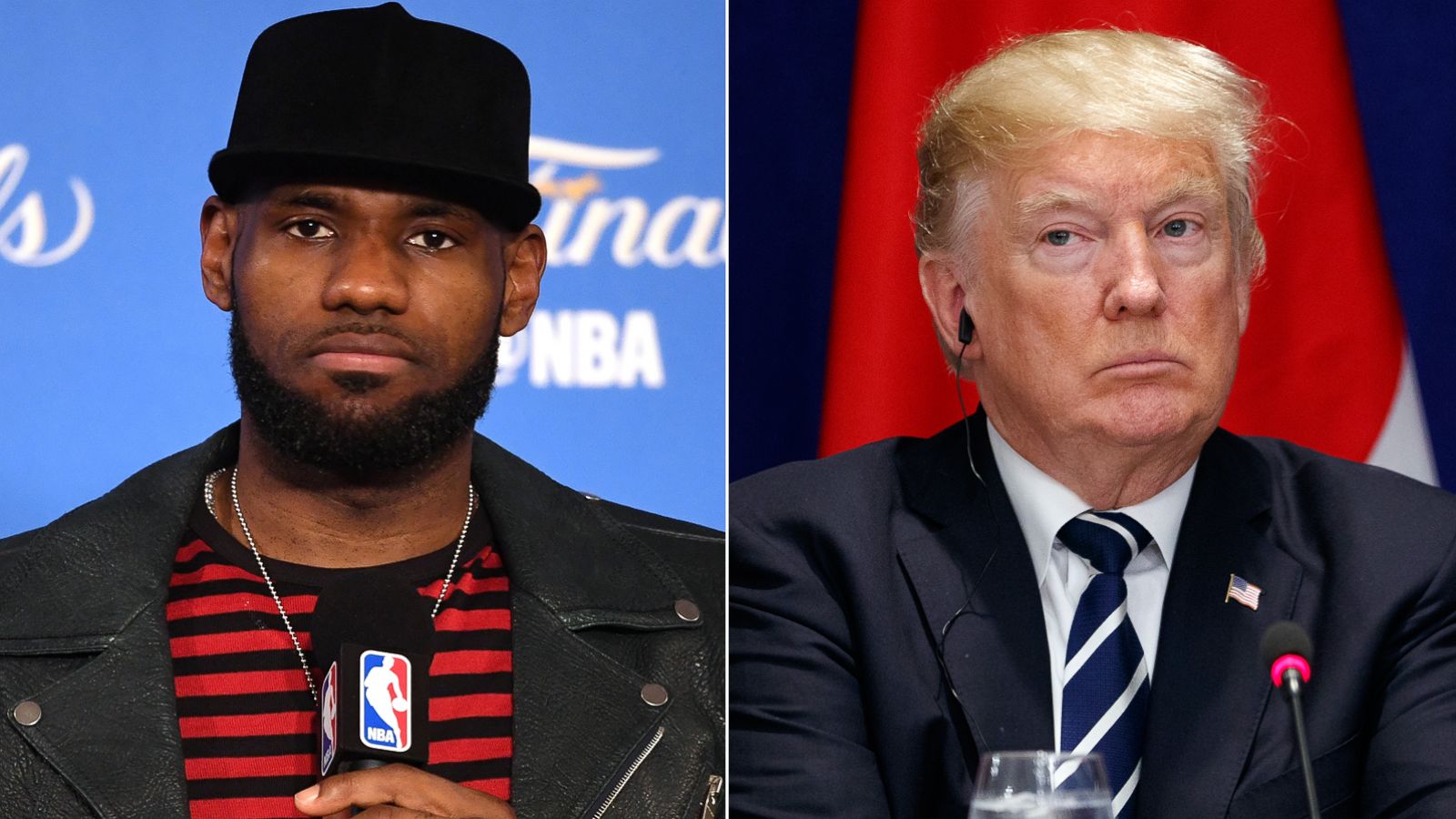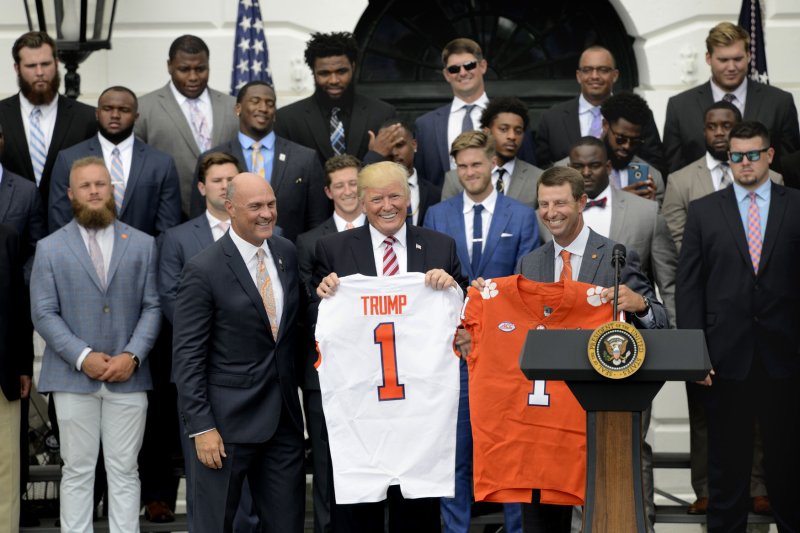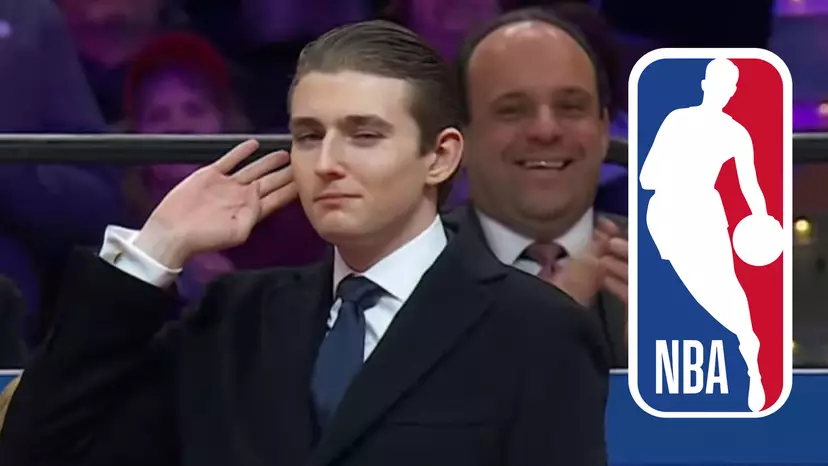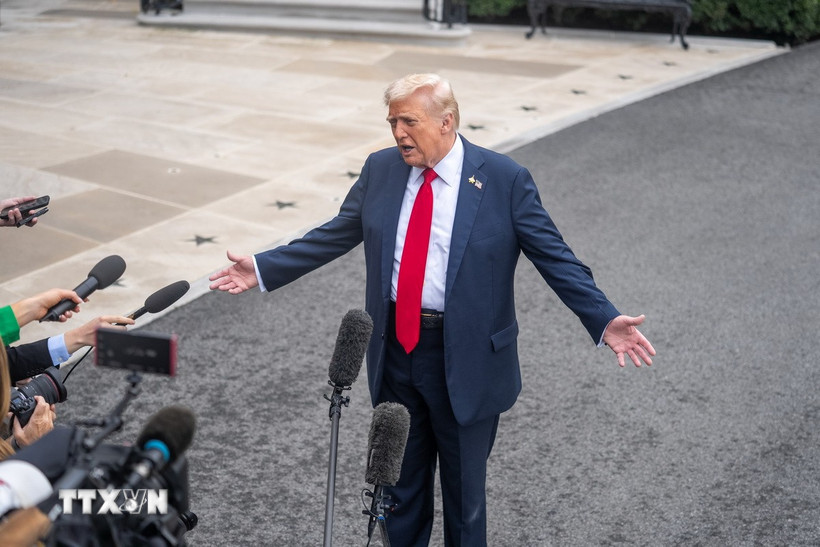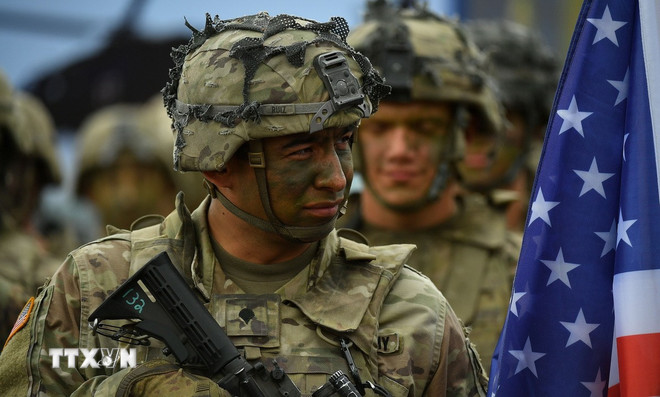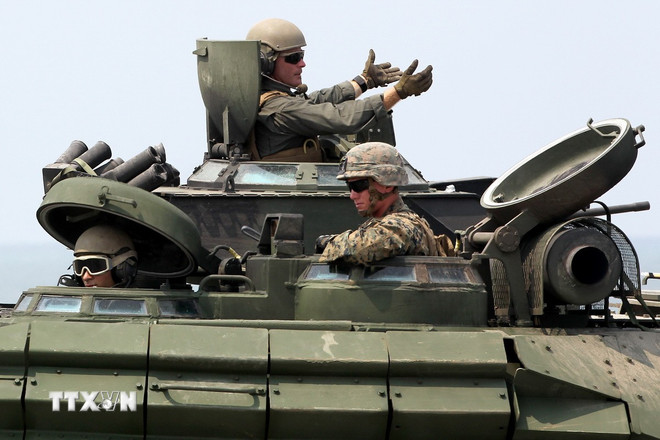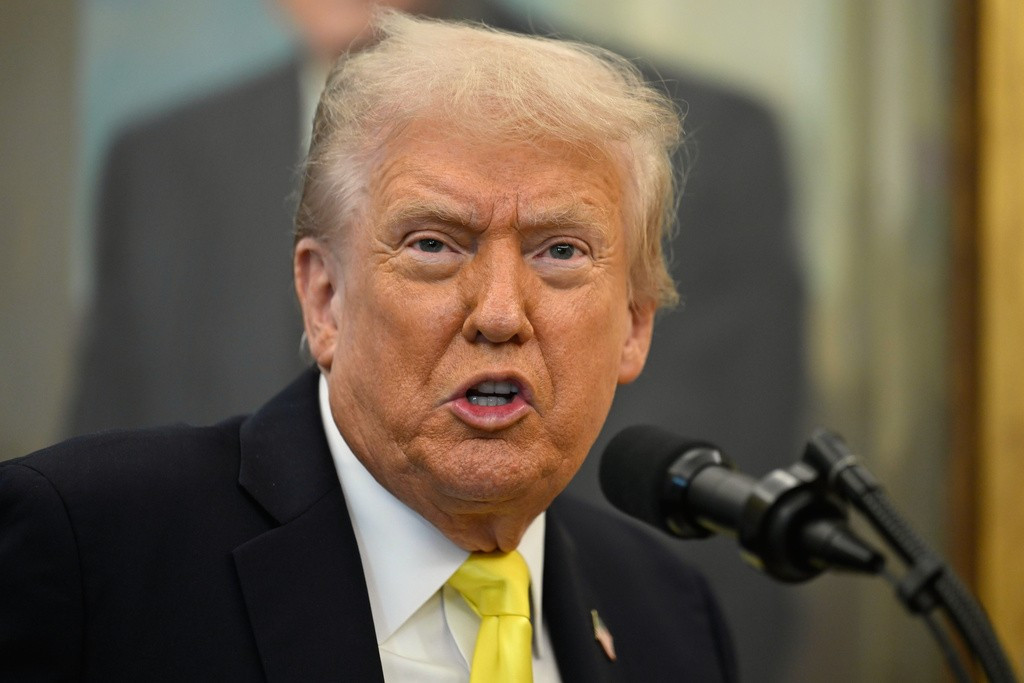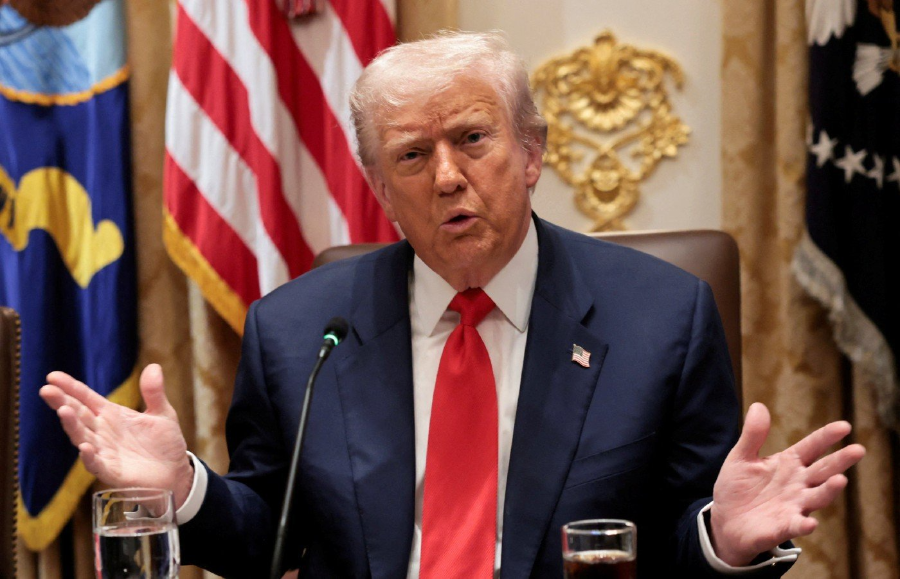In a move that immediately signaled their intent to transition from a surprising playoff contender to a genuine Super Bowl threat, the Washington Commanders pulled off a massive trade, acquiring five-time Pro Bowl left tackle Laremy Tunsil from the Houston Texans. The deal, which occurred during the frenzied opening hours of the free agency tampering period, instantly reshaped the dynamics of the NFC East and established the Commanders' commitment to protecting their young franchise quarterback, Jayden Daniels.

The final terms of the trade saw the Commanders send a significant package of draft compensation to Houston: a 2025 third-round pick, a 2025 seventh-round pick, a 2026 second-round pick, and a 2026 fourth-round pick. In return, Washington received Tunsil and a 2025 fourth-round pick, netting them the elite tackle while slightly mitigating the draft capital loss in the immediate year.
The Washington Philosophy: Protecting the Investment
For the Commanders, this trade represents a definitive commitment to the success of Jayden Daniels, who delivered a spectacular rookie campaign, leading Washington to an improbable 12-5 record and an appearance in the NFC Championship game. Daniels' ability to extend plays and create magic outside the pocket is undeniable, but providing him with a secure blindside is paramount to his long-term health and the overall offensive output. Tunsil is arguably the finest pass protector at his position in the entire NFL. His track record is impeccable: five Pro Bowl selections, demonstrating consistent dominance in neutralizing the league’s top edge rushers.
Tunsil’s arrival immediately upgrades a critical area of the Commanders' roster. The offensive line, while functional last season, lacked a true lockdown presence. Tunsil’s presence eliminates that vulnerability, allowing Daniels more time in the pocket and giving the offensive coordinators more flexibility in their play-calling. This acquisition sends a clear message across the league: Washington believes its contention window is wide open, and they are willing to pay the premium necessary to fortify the foundation around their superstar quarterback. The cost—two premium Day 2 picks and two later picks—is substantial, but securing an elite, proven player at the most important offensive line position is often considered a non-negotiable expense for a team with Super Bowl aspirations.

The Texans’ Calculated Retreat
From the Houston Texans' perspective, the decision to trade Laremy Tunsil, a player they had previously invested heavily in, was a calculated but painful step. Tunsil had been the cornerstone of their offensive line since arriving in a blockbuster trade from the Dolphins in 2019. However, the Texans, despite their recent success, are currently navigating a complicated financial landscape and prioritizing long-term roster construction.
By trading Tunsil, Houston achieved several strategic objectives. First and foremost, they cleared a significant amount of his remaining contract, alleviating immediate cap pressure. Tunsil was one of the highest-paid offensive linemen in the NFL, and moving his salary provides the Texans with crucial financial flexibility to address other pressing needs in the secondary and defensive front seven. Secondly, the haul of draft picks—particularly the high 2026 second-round selection—gives General Manager Nick Caserio valuable capital to use in the upcoming draft cycles.
While the loss of Tunsil leaves a significant void on C.J. Stroud’s blindside, forcing the Texans to immediately search for a replacement in the draft or later free agency, the team appears to be betting on its ability to find cost-effective solutions while banking high-value future assets. This move suggests that Houston is willing to sacrifice a slight degree of present protection for future depth and financial freedom.
Market Impact and Contract Implications
The trade solidifies Tunsil's standing as one of the NFL's most valuable non-quarterback commodities. His contract, which was restructured after his previous extension with the Texans, made him attractive despite his high annual value, as Houston absorbed some of the dead cap. The Commanders inherit a dominant player who is locked in for the next two seasons, providing instant stability.
Analysts note that Tunsil's technical proficiency and athleticism are virtually unmatched, particularly in pass protection. Pro Football Focus (PFF) grades consistently rank him as one of the top two or three tackles in the league, a crucial factor in the Commanders' decision to pay the high price. Although he will turn 31 before the next season, his position relies heavily on technique and power, suggesting his elite play should continue for the foreseeable future.
Ultimately, the trade serves as a perfect microcosm of the NFL's annual transaction period: Washington demonstrates "win-now" urgency, trading assets for immediate, proven talent, while Houston demonstrates "strategic value" and long-term planning, trading elite talent for future currency. For the Commanders, the acquisition of Laremy Tunsil means that the most valuable asset on their team—Jayden Daniels—is now guarded by the league’s premier blindside protector.
